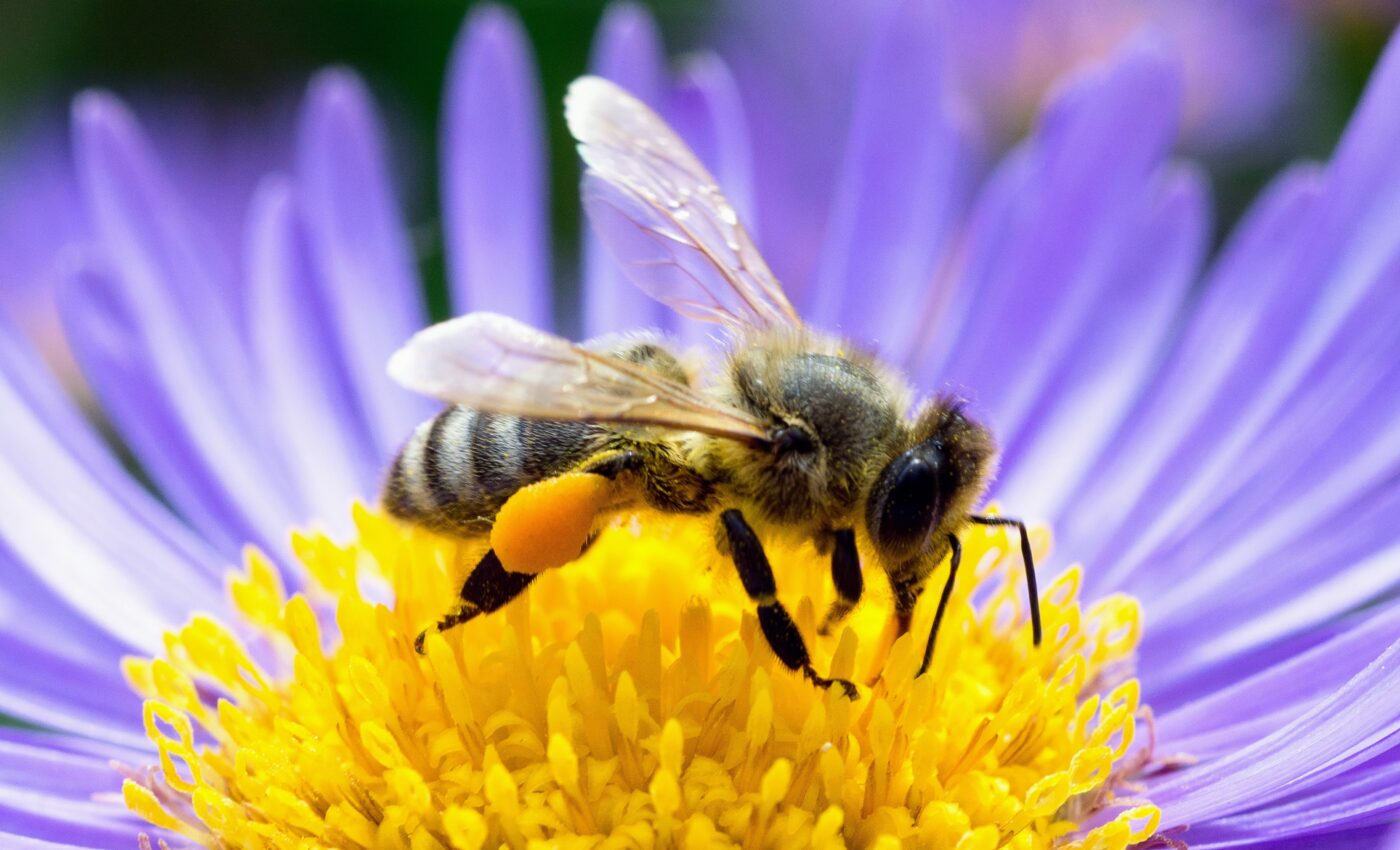
Honeybee virus has a new strain that is even more lethal
A virus that infects honeybees has a dangerous new variant on the rise worldwide. The virus deforms their wings, causing the animals to die.
The new variant, which has already replaced the original strain in Europe, is spreading to other regions of the world and collapsing entire bee colonies. As pollinators, honeybees play a major role in fruit yields and preserving biodiversity. The loss of honeybee colonies is a major concern to experts around the world.
A new international study led by Martin Luther University Halle-Wittenberg (MLU), analyzed data on virus variants over the past 20 years.
Deformed wing virus (DWV) is transmitted by the parasitic Varroa mite. “These mites not only transmit viruses between honeybees, they also eat the bees’ tissues,” explained Professor Robert Paxton, a bee researcher from MLU. “Deformed wing virus is definitely the biggest threat to honeybees”.
The original strain of the virus (“DWV-A”) was discovered in Japan in the early 1980s and the new variant “DWV-B” was first identified in the Netherlands in 2001.
“Our laboratory studies have shown that the new variant kills bees faster and is more easily transmitted,” said Professor Paxton. It will only be a matter of time before it becomes the dominant strain around the world.
The team wanted to find out how widespread the new variant has become. They evaluated 3,000 datasets for honeybees, large earth bumblebees and Varroa mites.
In the 2000s, the new variant was found in Europe and Africa, the homeland of the honeybee. It was discovered in North and South America in the early 2010s, and in Asia in 2015. The variant has now been detected globally with the exception of Australia.
Evidence of the virus was also found in samples taken from large earth bumblebees. “Whether the virus will have similarly devastating consequences in bumblebees and other wild bees remains uncertain. So far, commercial bumblebee colonies infected with the virus are not dying at a significantly higher rate,” said Professor Paxton.
The study is published in the International Journal for Parasitology: Parasites and Wildlife.
—
By Katherine Bucko, Earth.com Staff Writer













